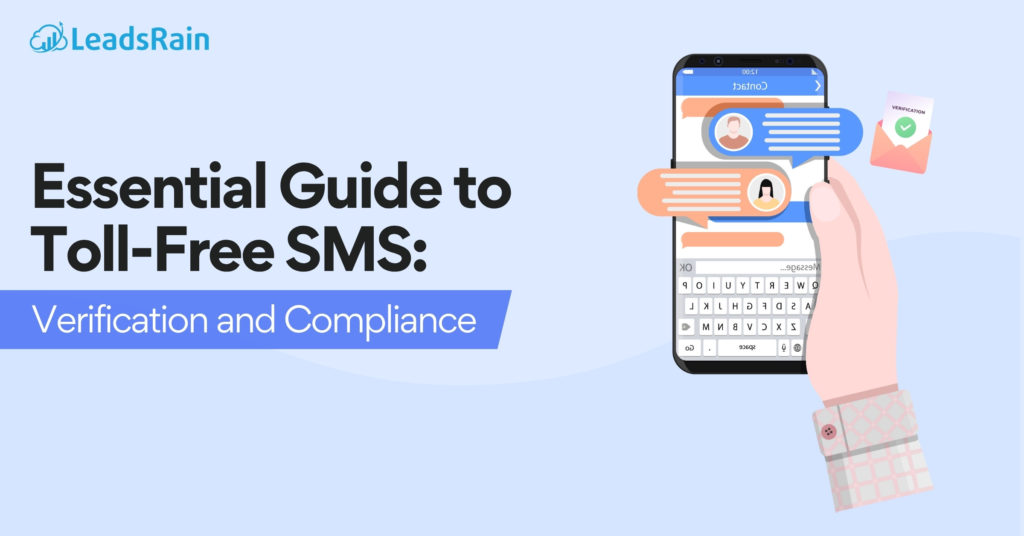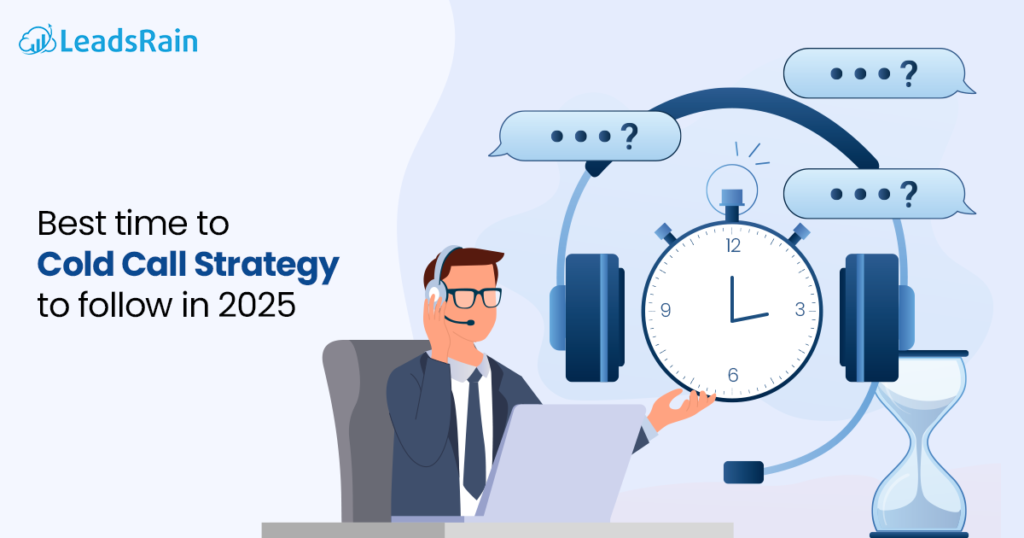Handling inbound calls effectively is essential for any business looking to maintain a professional image, streamline operations, and enhance customer satisfaction. Efficient inbound call routing strategy isn’t just about directing calls; it’s about ensuring that each customer connects with the right person or department quickly and efficiently.
This article explores three proven strategies for effective inbound call routing that can boost customer service and optimize your team’s workflow.
What is Call Routing?
When we talk about customer service, efficient call management is key to ensuring customers have a positive experience.
Call routing is the technology and process of directing inbound calls to the appropriate person or department based on predefined rules. From small businesses to large enterprises, call routing is integral to delivering streamlined customer service, minimizing wait times, and optimizing employee productivity.
Why Call Routing Matters?
For businesses that handle a high volume of calls, an effective call routing system can make the difference between a satisfied, loyal customer and a frustrated one who never calls back. Call routing ensures that each customer reaches the right person quickly, which not only shortens response times but also reduces customer frustration and avoids the need for multiple transfers. This streamlined process enhances the quality of customer interactions and helps meet rising customer expectations for immediate and effective service.
Challenges with Poor Call Routing
When call routing is not handled efficiently, it can lead to several issues:
- Extended Hold Times: If calls aren’t routed correctly, customers may wait longer to reach someone who can address their needs.
- Multiple Transfers: Inadequate routing often leads to calls being transferred from one agent to another, which is a common frustration for callers.
- Higher Agent Burnout: Ineffective routing can lead to agents handling calls they are not trained to manage, increasing stress and reducing job satisfaction.
3 Call Routing Strategies to Deal with Challenges
Effective call routing is the backbone of a seamless customer service experience. Call routing strategies let you set up the foundation of how you will handle the inbound calls that come to your call center and how effectively you will serve your customers with immediate and effective responses. Let’s check out some most result-driven call routing strategies for your contact center.
1. Skill-Based Routing
Skill-based routing is a call management technique that routes incoming calls based on the specific skills of your customer service representatives (CSRs). Instead of sending calls to the next available agent, skill-based routing assesses each customer’s needs and directs them to the CSR with the most suitable skill set to address those needs.
How Does It Work?
For instance, if your business offers both technical support and sales assistance, calls are directed based on the customer’s inquiry type. A caller seeking tech support would be automatically routed to a technician, while someone interested in purchasing would be connected to a sales agent.
Benefits of Skill-based Routing
- Enhanced Customer Experience: Customers are immediately directed to agents who can handle their needs efficiently, reducing wait times and avoiding unnecessary transfers.
- Improved First-Call Resolution: Because customers are connected to the most qualified agent, issues are more likely to be resolved on the first call.
- Higher Agent Satisfaction: Agents handle calls within their expertise, reducing stress and increasing job satisfaction.
2. Geographic Routing (Geo-Routing)
Geographic routing, also known as geo-routing, directs calls based on the caller’s location. This strategy is particularly useful for businesses with multiple locations or region-specific service requirements, allowing you to connect customers with the branch or agent nearest to them.
How Does It Work?
When a customer dials in, the system identifies their location using their phone number or prompts them to enter their ZIP code. The call is then routed to the nearest office, regional representative, or agent with specific expertise for that area.
Benefits of Geographic Routing
- Localized Service: Customers can connect with agents who understand their local context, language, or dialect, improving customer experience and personalization.
- Reduced Hold Times: By connecting calls to local agents, geo-routing helps reduce transfer times and provides customers with quicker access to the help they need.
- Optimized Resource Allocation: Businesses with multiple locations can manage resources effectively by balancing the call volume based on geographic demand.
3. VIP and Priority Routing
VIP and priority routing is a strategy designed to prioritize high-value customers by placing them in a dedicated queue or fast-tracking their calls to skilled agents. This approach is ideal for businesses with loyalty programs, B2B accounts, or clients with specific service agreements.
How Does It Work?
When a VIP customer calls, the system recognizes them through their phone number, account details, or a unique identifier. These calls bypass the regular queue and are routed to specialized agents who are trained to handle high-priority clients.
Benefits of Priority Routing:
- Improved Customer Retention: Providing a personalized, priority experience shows VIP customers that their business is valued, increasing their loyalty.
- Higher Customer Satisfaction: VIP customers experience reduced wait times and are more likely to receive premium service.
- Enhanced Agent Preparedness: Agents receiving VIP calls are aware of the customer’s profile and service history, which helps in offering a tailored and informed service.
9 Best Practices for Implementing a New Inbound Call Routing Strategy
- Set Clear Objectives & KPIs: Define goals like reducing wait times or improving customer satisfaction. Track metrics like First Call Resolution (FCR) to evaluate success.
- Pilot and Test: Run a small pilot before full implementation to identify issues and adjust based on feedback from customers and agents.
- Integrate with Existing Systems: Ensure smooth integration with CRM, ticketing, and other communication tools to provide a unified experience.
- Plan for Scalability: Choose a system that can grow with your business, handling more calls, agents, or departments as needed.
- Train Agents Thoroughly: Provide training on the new system and offer ongoing support to ensure smooth adoption and confidence.
- Personalize Customer Experience: Use customer data to route calls based on past interactions and preferences for a more tailored service.
- Monitor & Optimize Regularly: Track performance, analyze data, and make adjustments based on real-time insights and customer feedback.
- Adapt to Changing Needs: Stay flexible and update routing rules as business priorities or customer demands evolve.
- Reduce Call Transfers: Minimize transfers by ensuring agents have the tools and knowledge to resolve issues on the first call.
Ending it up
A well-executed call routing strategy can transform your customer service experience and boost efficiency. Don’t miss the opportunity to enhance your operations today!
Reach out to us at support@leadsrain.com or schedule a demo now to explore how we can help you implement the perfect call routing system tailored to your needs.




